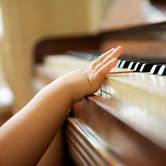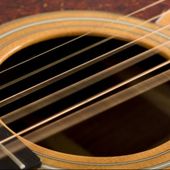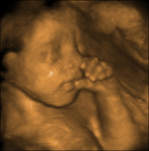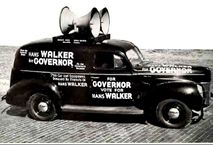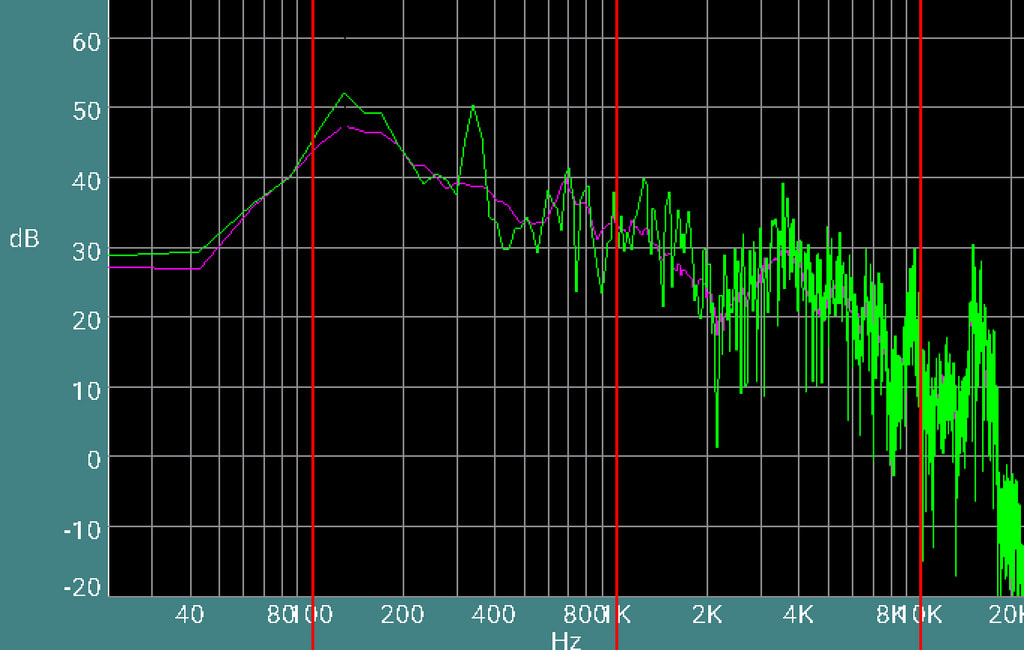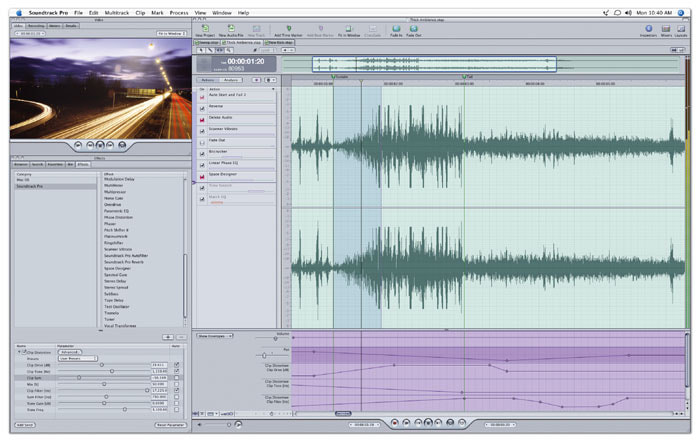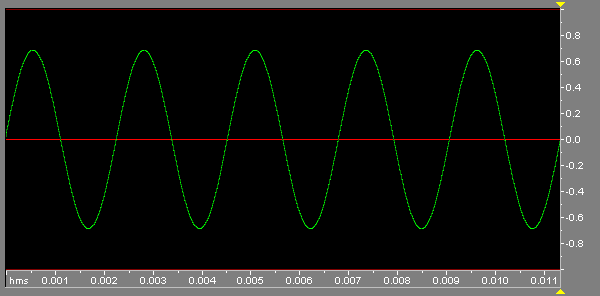Sound
Sound is Vibration
There is the vibration of the object producing the sound.
There is vibration induced in the object receiving the sound.
This relationship is called Resonance.
Your vocal chords move my ear drum.
There are vibrations in the medium between the two.
These are waves.
Like Light, Sound behaves both as a wave spreading from a point
and as a particle reflecting of a wall.
There is the vibration of the object producing the sound.
There is vibration induced in the object receiving the sound.
This relationship is called Resonance.
Your vocal chords move my ear drum.
There are vibrations in the medium between the two.
These are waves.
Like Light, Sound behaves both as a wave spreading from a point
and as a particle reflecting of a wall.
 |
 |
Sound is a tool.
We use sound to create images. We use sound to move objects. We use Sound to influence behavior.
We use sound to create images. We use sound to move objects. We use Sound to influence behavior.
Sound is Emotional.
Before birth we hear voices and music. As babies we use sound to communicate thoughts and feelings before we learn the auditory symbols of our native language and we learn those before we learn the graphic symbols. Rhythm makes us dance. Melody can make us cry. Certain sounds, and you know what they are, make us laugh. Loud percussive sounds force us instinctively to duck and cover. We use sound to sooth and to intimidate.
Sound effects and expresses a child's mind, heart and body.
The emotional impact of Sound is fundamentally clear in the emotional difference between the
minor third and major third.
Before birth we hear voices and music. As babies we use sound to communicate thoughts and feelings before we learn the auditory symbols of our native language and we learn those before we learn the graphic symbols. Rhythm makes us dance. Melody can make us cry. Certain sounds, and you know what they are, make us laugh. Loud percussive sounds force us instinctively to duck and cover. We use sound to sooth and to intimidate.
Sound effects and expresses a child's mind, heart and body.
The emotional impact of Sound is fundamentally clear in the emotional difference between the
minor third and major third.
Shapes
|
Sound, like Light, has a wide spectrum of frequencies of which we can hear only a portion. A young healthy human can hear roughly between 20 and 20,000 Hz. In reality, everyone has their own unique range and it changes over time. We show this perceptual spectrum as loudness, dB, distributed over frequency.
|
|
A single string fretted neck with a diatonic scale isolates the idea of string length as it effects pitch. The wood transmits vibration to the hands very clearly. Resonance and the increase in volume it creates is produced by placing the neck flat on various surfaces or standing it on end. The tuner offers an elegantly simple example of a basic machine.
|
The point is that many of the ways we depict sound imply that it is a curved or jagged line traveling through space. In fact, sound in a fluid, a liquid or gas, is a compression wave spreading in all directions out from an origin. Sound in a solid is a transverse wave following the shape of the object. Given that as a starting idea we can then alter the shape and direction of sound by changing both the shape of the vibrating object making the sound and any surfaces reflecting the resulting sound. So the classroom presentation will guide the student through a series of shapes.
Remember not knowing.
Remember not knowing.

